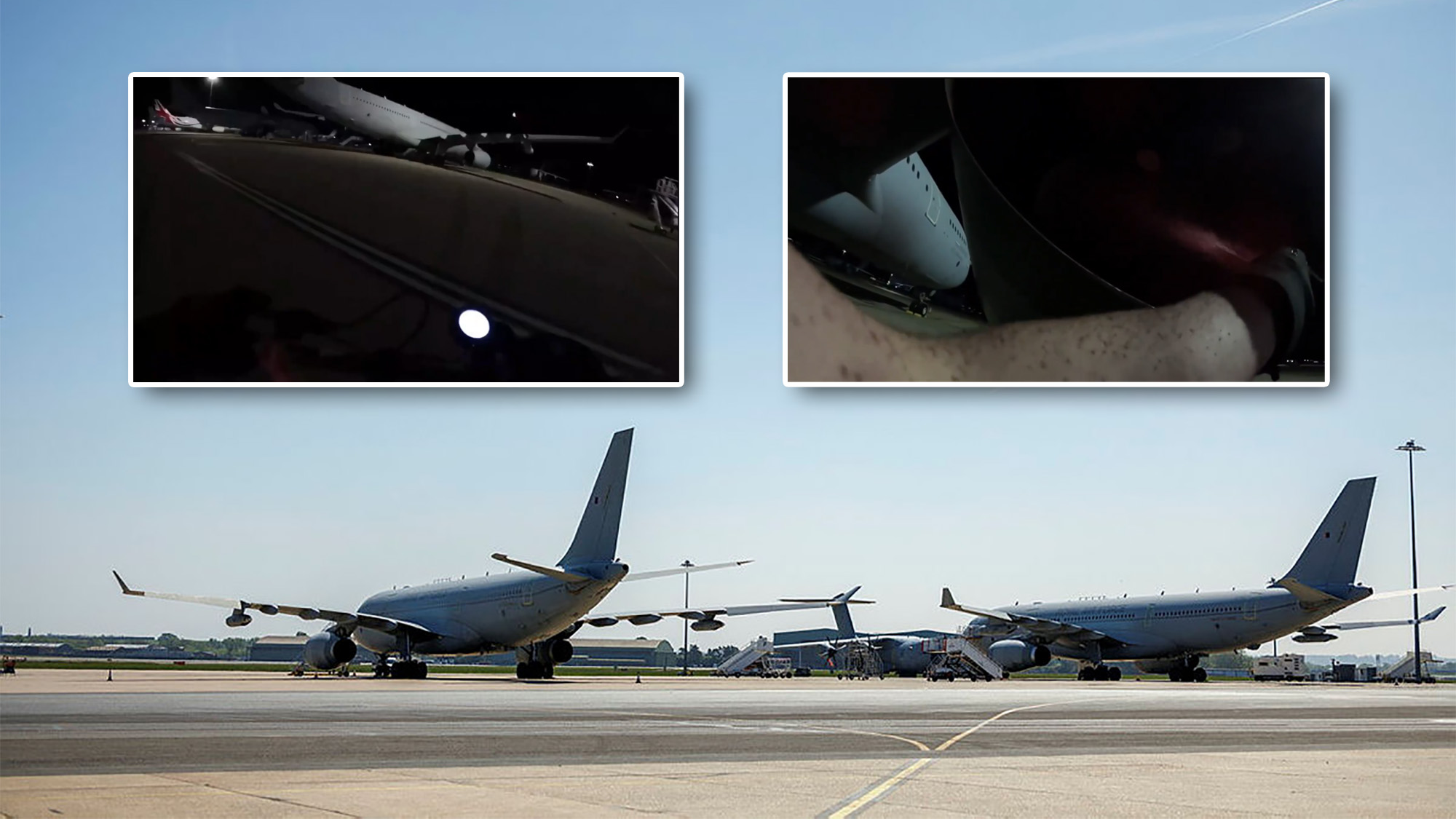Imiquimod‐Loaded Phospholipid‐Free Small Unilamellar Vesicles Activate the Tumor Immune Microenvironment to Treat Liver Cancer and Liver Metastases
Advanced Healthcare Materials, EarlyView.

Imiquimod-loaded nanoparticles (PFSUV-IMQ) are found to decrease liver metastasis and liver tumor burden when administered intravenously. Flow cytometry, RNA-seq and various experiments show that the anti-tumor response is immune-mediated by activating dendritic cells resulting in increased CD8 T cell infiltration and activity. Overall this article presents a novel targeted immunotherapy method for the treatment of liver cancer indications.
Abstract
Liver cancers are often diagnosed at advanced stages and are the fourth leading cause of cancer death globally. Liver metastases, particularly from colorectal cancer, occur in 66% of patients. Immunotherapies for these cancers are limited by immunosuppressive tumor microenvironments. To address this, phospholipid-free small unilamellar vesicles (PFSUV) are developed to deliver the toll-like receptor 7 agonist Imiquimod (IMQ) to hepatocytes. PFSUV consists of 83 mol% cholesterol and 17 mol% Tween80, with IMQ encapsulated in these 75-nm particles. Intravenous administration of PFSUV-IMQ sustained liver IFN-α levels over 24 h while reducing systemic exposure. In a CT26 liver metastasis model, PFSUV-IMQ combined with Oxaliplatin reduced tumor size, increased CD8+ T cell infiltration, and enhanced tumor apoptosis. In an HCA-1 liver cancer model, the same treatment decreased tumor burden, increased apoptosis, and reduced lung metastases. Flow cytometry revealed increased CD86+/MHC-II+ dendritic cells and IFN-γ+ CD8+ T cells in treated tumors. RNA-seq shows enrichment of innate immune activation genes after a single dose. These findings suggest that targeted IMQ delivery activates the tumor immune microenvironment, leading to reduced tumor burden in liver cancer and metastasis models.














































































































































